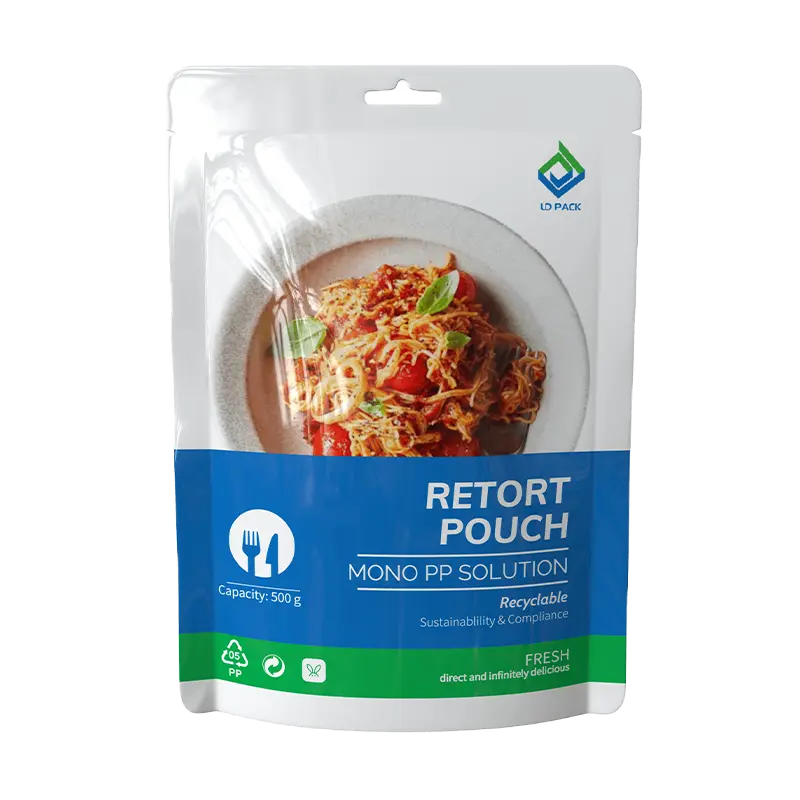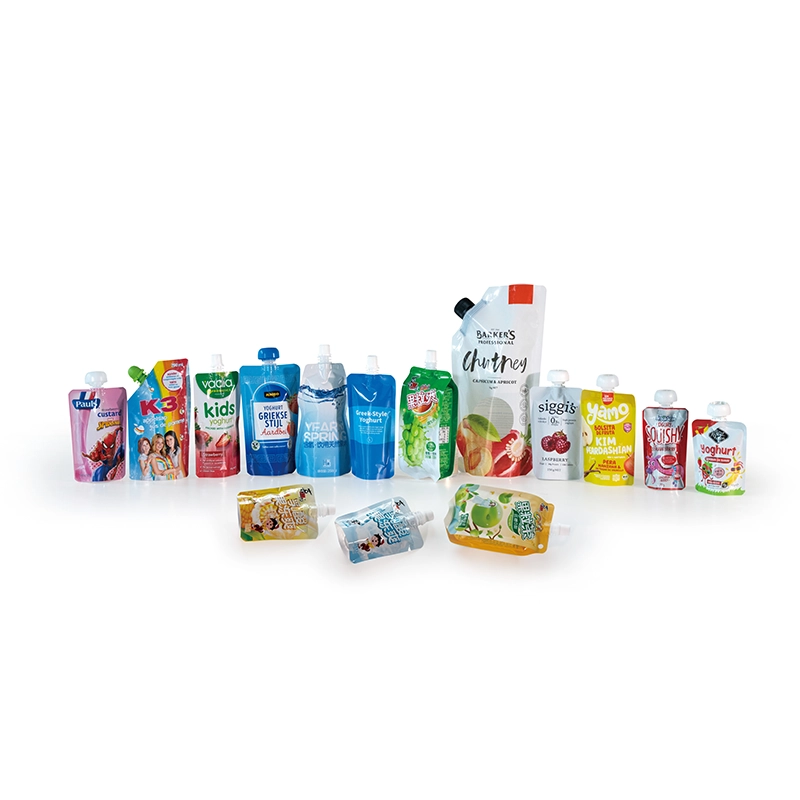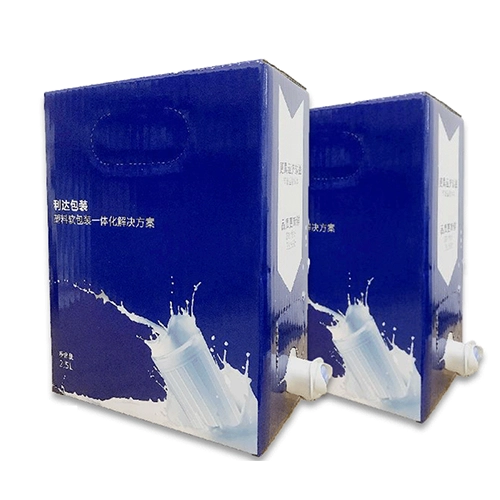Overview of slitting process
Slitting operation is an important link in flexible packaging production, the quality of slitting will directly affect the quality of pouch making and automatic packaging film. For automatic packaging film, splaying is the last link of its production, splaying film volume quality directly affects the user on the machine use; For T-type (back-sealed) pouch-making products, slitting is the previous process of pouch-making. If slitting quality is not good, it will directly affect the quality of T-type bag. In some cases, the whole batch of products is scrapped because of the slitting error. Therefore, in the process of flexible packaging production, cutting is not ignored.
Simply put, slitting is the process of dividing a film or laminated material of a certain width into a number of products of equal width or unequal width by the action of the cutter. On the surface, slitter is relatively simple compared with printing, compounding and other processes, but only by fully recognizing the importance of slitter and fully grasping the basic essentials of slitter, can we reduce the consumption to the minimum, ensure the best product quality, fully meet the needs of customers, and provide the most reliable guarantee for the product quality of pouch-making process.
With the widespread promotion of automatic packaging equipment in the packaging industry, such as food packaging, pharmaceutical packaging, etc., these automatic packaging machines are very picky about the quality requirements of the materials after slitting, which brings a broad space for the development of high-grade and high-precision control of slitting.




